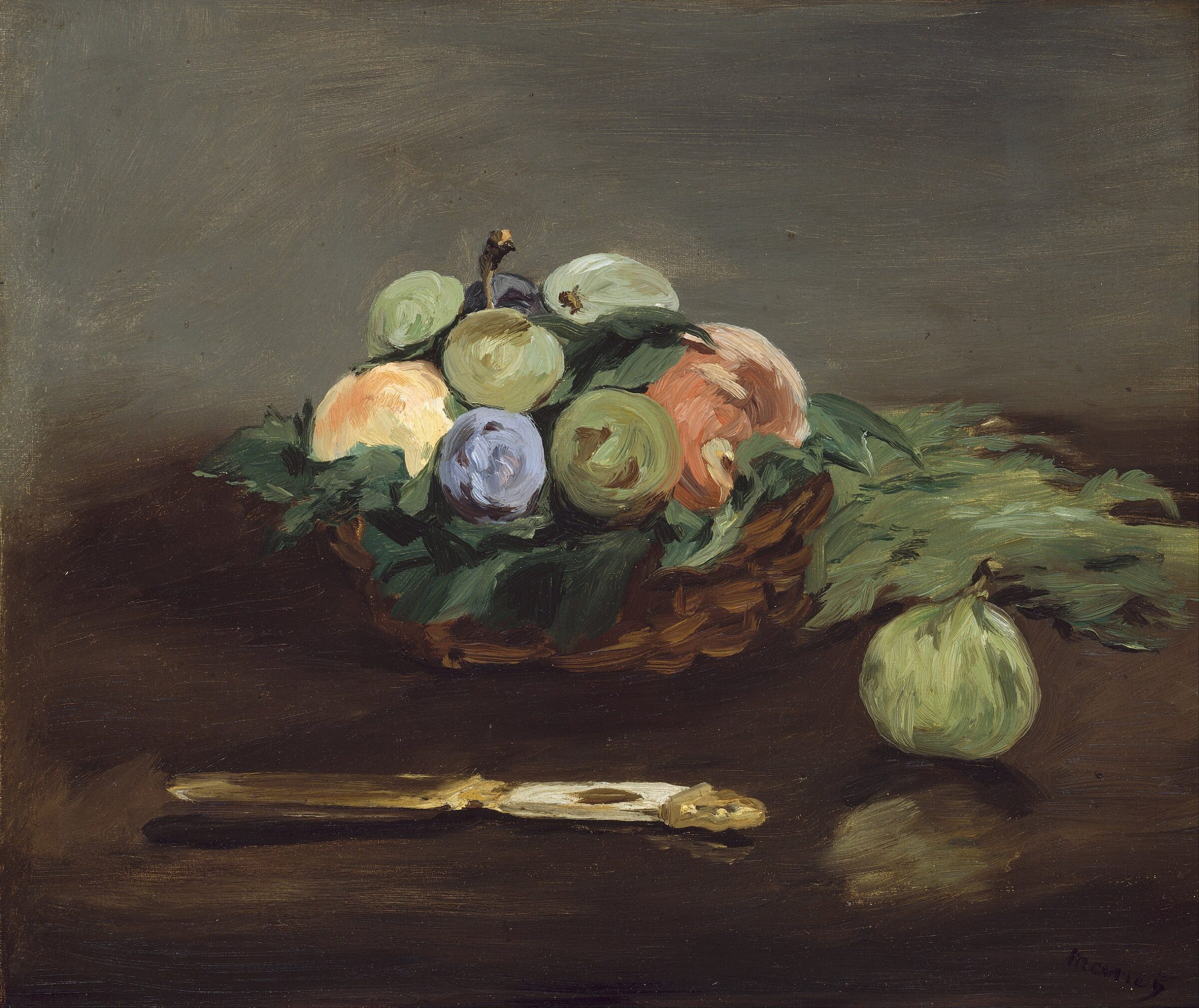 Intelligent Design
Intelligent Design
 Life Sciences
Life Sciences
Fruit Is Designed for Life

A wonderful example of everyday design is seen in the many varieties of edible fruit available for our enjoyment. We’re all familiar with the adage, “An apple a day keeps the doctor away.” It turns out that old bit of wit and wisdom aligns well with the views of modern nutrition.
Apples are touted for their health benefits, containing plant chemicals like flavonoids and fiber, which can aid digestion, control symptoms of acid reflux, and promote heart health.
Design That’s Easy to Miss
As often happens, it’s easy to miss the elements of design in the everyday aspects of our lives, such as the nutritious and delicious fruit we eat. Some basic “fruit facts” will help set the stage for our appreciation of “fruit design.” Roughly 2,000 different kinds of fruit can be found on planet Earth, but only about 200 of these have found their way into the diet of humans. Fruits are “the usually edible reproductive body of a seed plant.” As plants reproduce, they provide food for multiple different species of life on Earth. More technically, fruits are described this way:
Fruit, the fleshy or dry ripened ovary of a flowering plant, enclosing the seed or seeds. Thus, apricots, bananas, and grapes, as well as bean pods, corn grains, tomatoes, cucumbers, and (in their shells) acorns and almonds, are all technically fruits.
The classification of different kinds of fruit is quite involved, but a brief breakdown is as follows:
The main categories of fruits are pomes, berries, drupes and hesperidia. Pomes, including apples, often have denser flesh as they are also accessory fruits — they’re not just formed from the soft ovary. Berries usually contain multiple seeds from a single ovary. Drupes have a hard stone, so a single seed, like a cherry. As for hesperidia, they’re segmented fruits, usually of citrus plants.
One surprising fact is that a banana is officially a berry, while a raspberry is not.
…a berry has seeds and pulp (properly called “pericarp”) that develop from the ovary of a flower.
Raspberries are aggregate fruits:
These are formed by many ovaries merging to become one flower, and most are also accessory fruits.
Fruits with a Purpose
According to botany, fruits have a purpose, which is something to consider.
Botanically, a fruit is a mature ovary and its associated parts. It usually contains seeds, which have developed from the enclosed ovule after fertilization…. The principal purpose of the fruit is the protection and dissemination of the seed.
A plant obviously has to reproduce for it to survive beyond a single generation; producing fruit is part of that process. How could something that according to scientific materialism arose from purposeless actions of nature have a “purpose”? Moreover, any reproductive process has to be fully functional from the very first appearance. A partially functional reproductive system results in a short trip to extinction.
Consider also how many purposes fruits have beyond their biological reproductive purpose. Seeds for plant reproduction need not have been enclosed within fruits that serve as food for us — food that is attractive, has an appealing taste and texture, and is nutrient-rich. The manner in which plant seeds are enclosed in edible fruits provides a significant source of food calories, nutrients, and digestive health benefits for humans and numerous animals. It turns out that these subsidiary benefits for other species often cycle around to assist in the primary purpose of the fruit for the benefit of the plant that produced them.
Fruits play an important role in the seed dispersal of many plant species.
Mutually Beneficial Outcomes
The remarkable features of edible fruits provide mutually beneficial outcomes for both creatures and plants. Dispersal of plant seeds results from animals and birds that eat the fruit enclosing the seeds. The first appearance of fruit-bearing plants is estimated to have been during the Cretaceous Period (145.5 to 65.5 million years ago). It’s perhaps not surprising from a design perspective that mammals and birds began to dominate Earth’s “lifescape” at the end of this period, coinciding with the extinction of the dinosaurs.
The symbiotic relationship between plant fruits and animals has continued down to today.
A wide variety of animals aid in the dispersal of seeds, fruits, and diaspores. Many birds and mammals, ranging in size from mice and kangaroo rats to elephants, act as dispersers when they eat fruits and diaspores.
An interesting example of the effectiveness of this symbiosis was documented in the aftermath of the Krakatoa eruption. Seed dispersal by birds that consumed plant fruits served to sustain both species.
Birds also contributed substantially to the repopulation with plants of the Krakatoa island group in Indonesia after the catastrophic volcanic eruption there in 1883.
Dual-Purpose Optimization
Such dispersal techniques — utilizing animals and birds that eat fruits and, in the process, serve plant propagation — point to design. Dual-purpose optimization of fruit characteristics in the reproductive processes of plants serves to facilitate the propagation of one species based on benefits accrued to a second, unrelated species. This type of multi-purpose optimization speaks more of intelligent foresight and design than random adaptation.
How so? An indicator of a designed system is when features tuned for one aspect of life also turn out to be tuned for additional, unrelated aspects of life. For example, the overlap of habitability and discoverability parameters in the characteristics of planet Earth as a Privileged Planet is known to highlight this principle of design.
Fruits serve a purpose for plants involved in their propagation through the dispersal of their seeds, and the attractiveness of fruit as part of our diet benefits us through a wealth of nutritional benefits. For example,
Citrus fruits, including lemons, contain active components called phytochemicals that benefit health. These include vitamin C, folic acid, potassium, and pectin.
The next time you eat a piece of fruit, whether it’s an orange or an apple or one of dozens of other types of fruit, keep in mind the beneficial design that produced fruits for our benefit.

